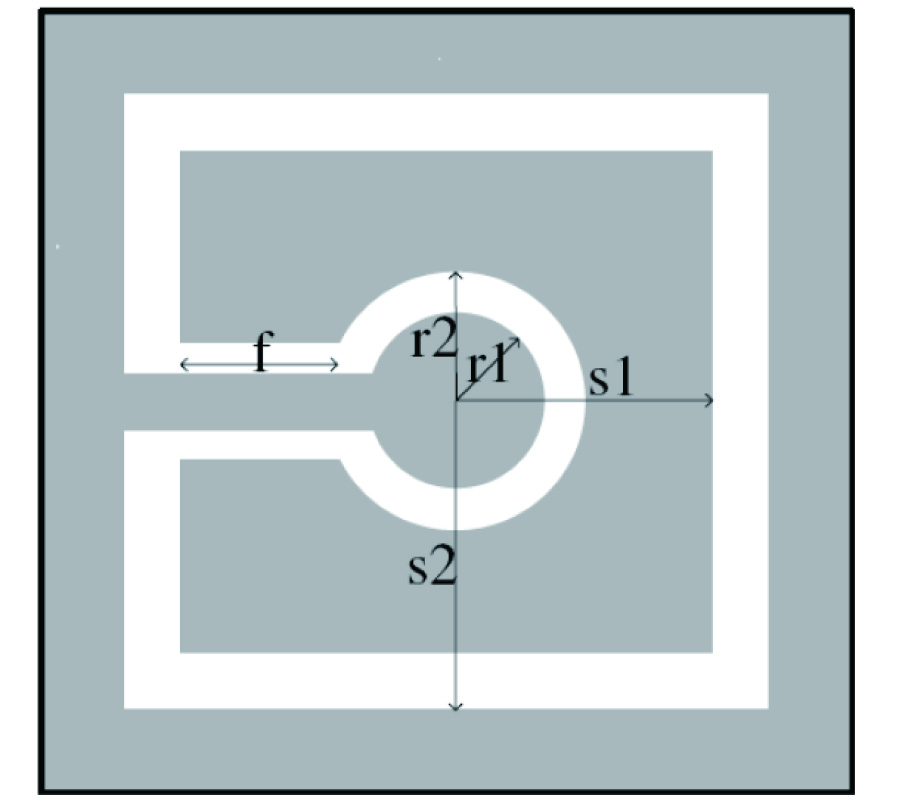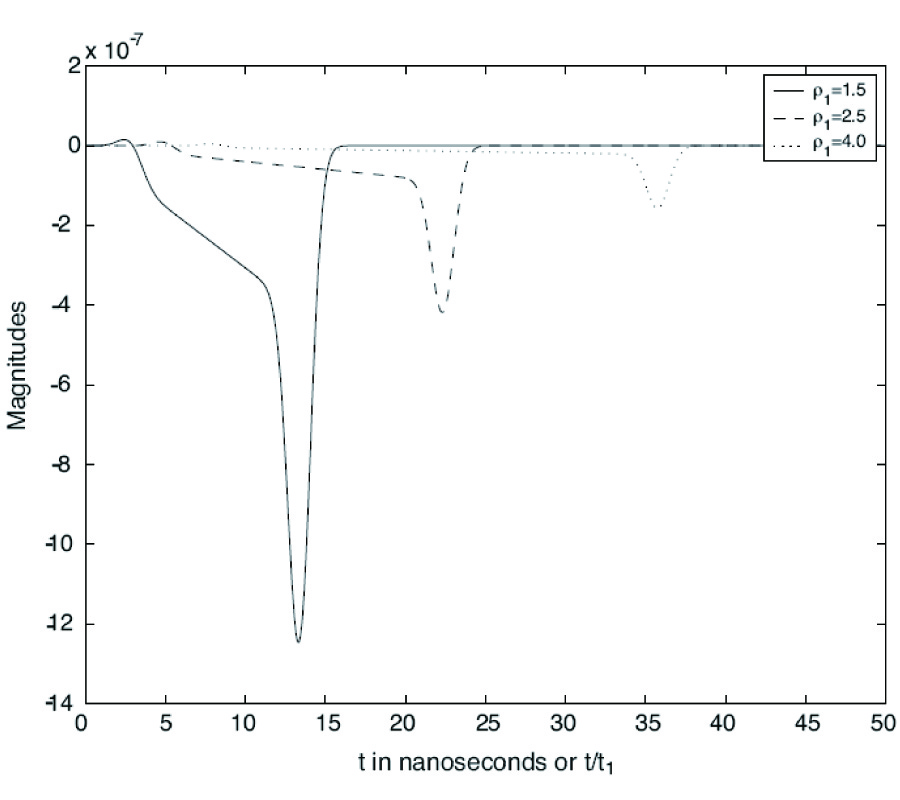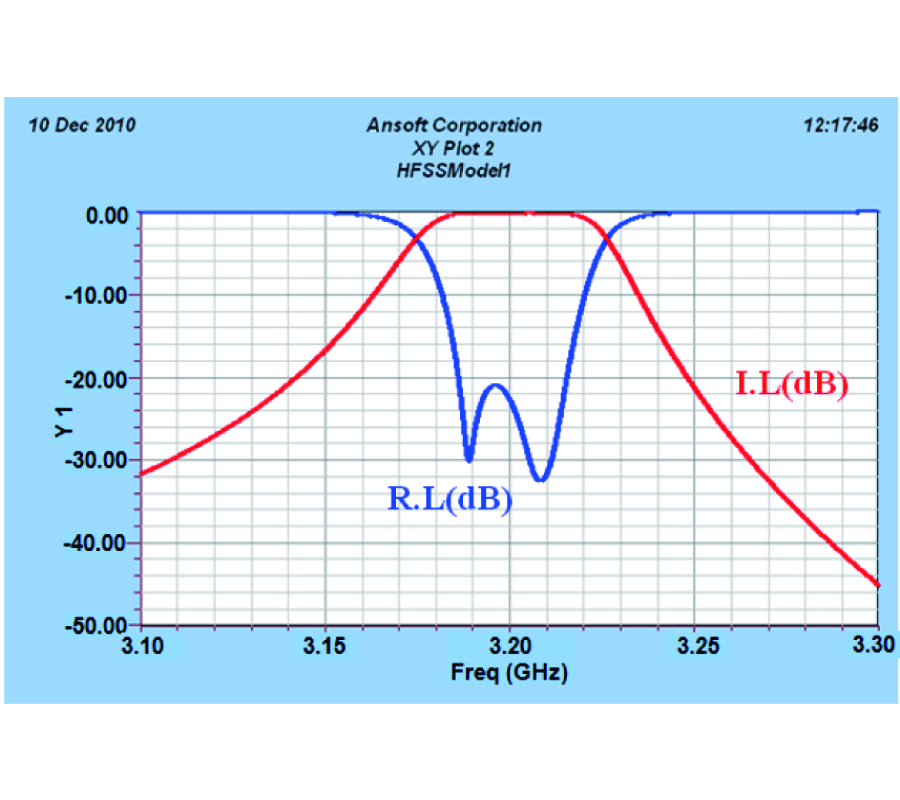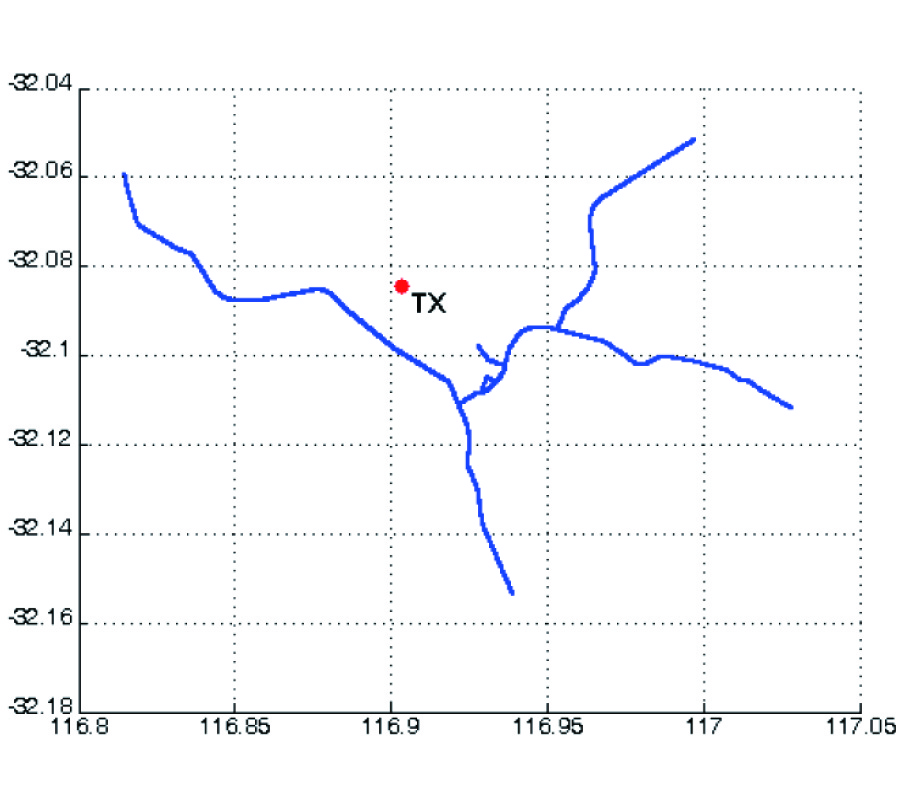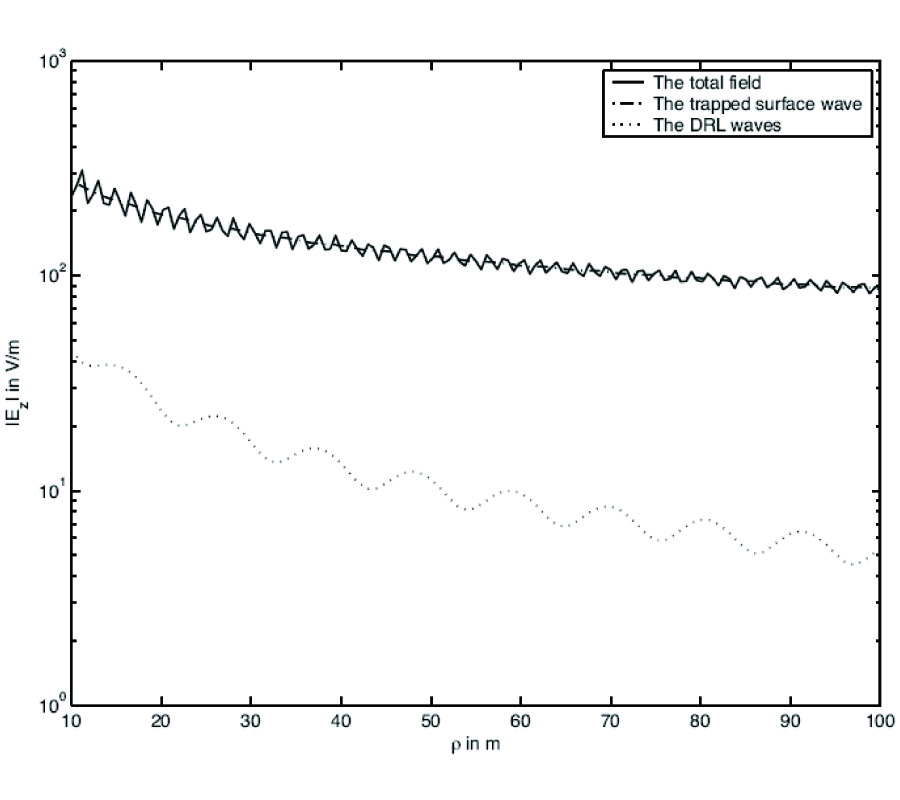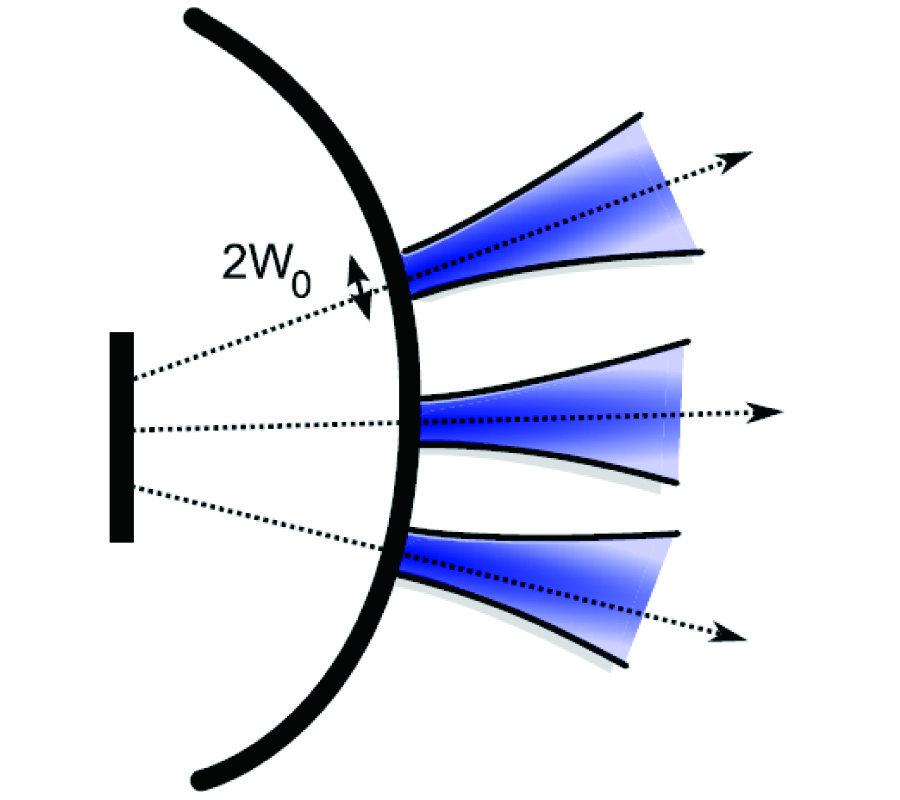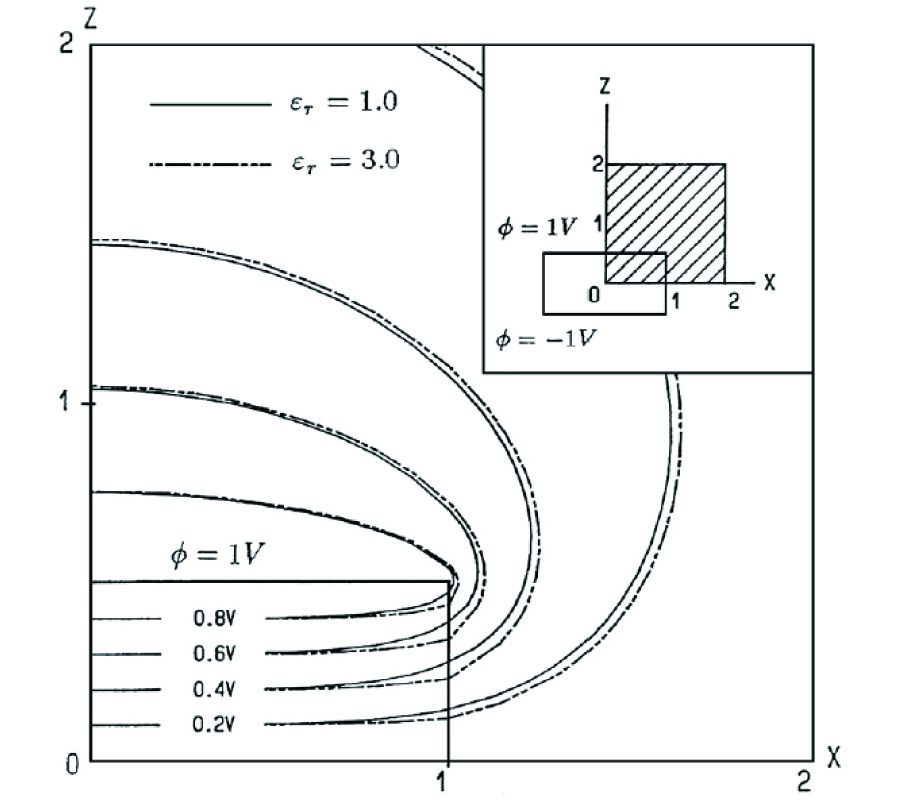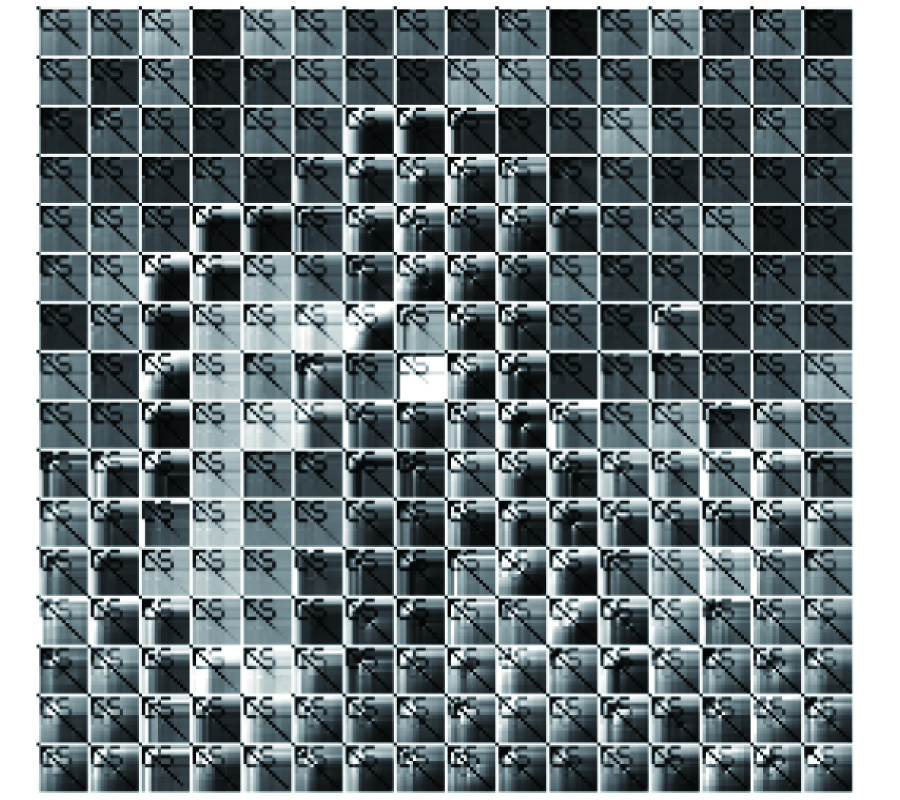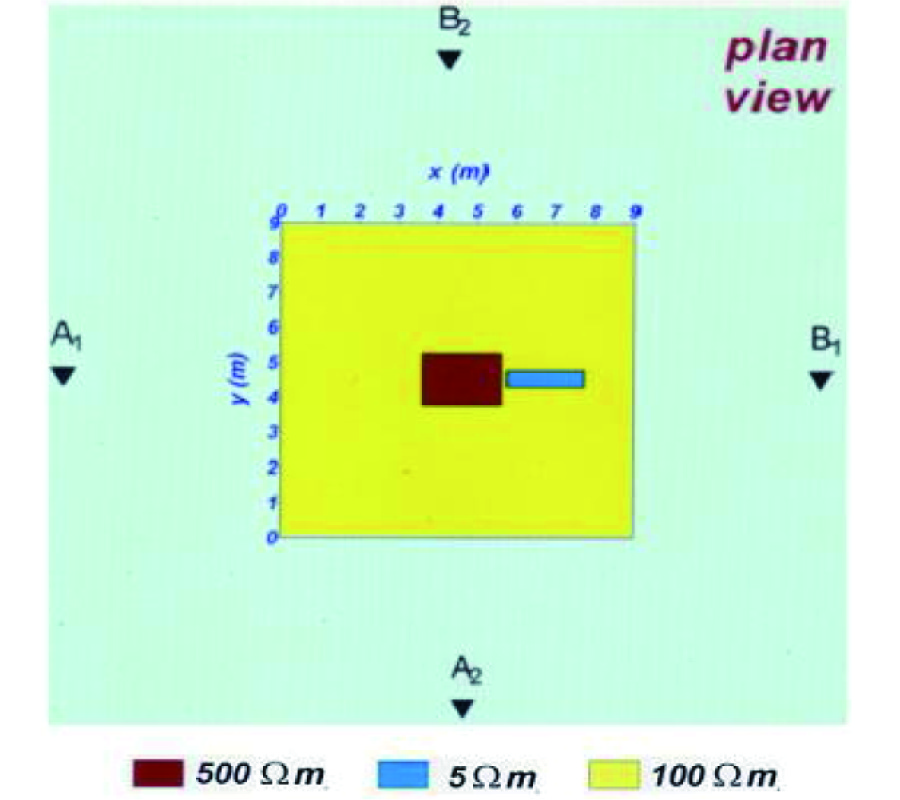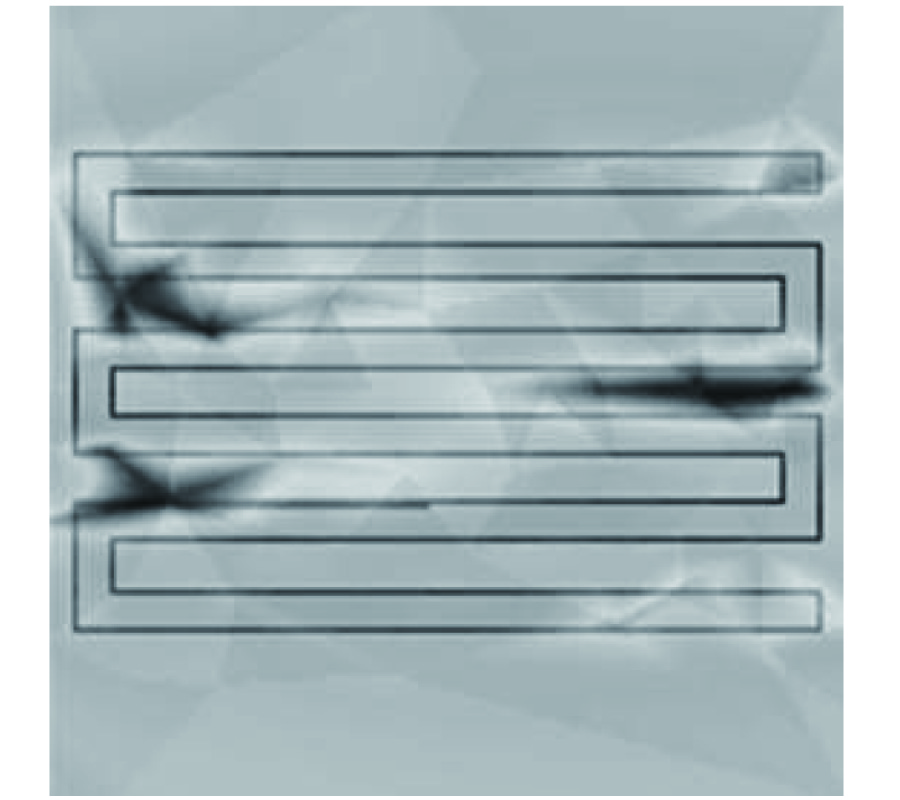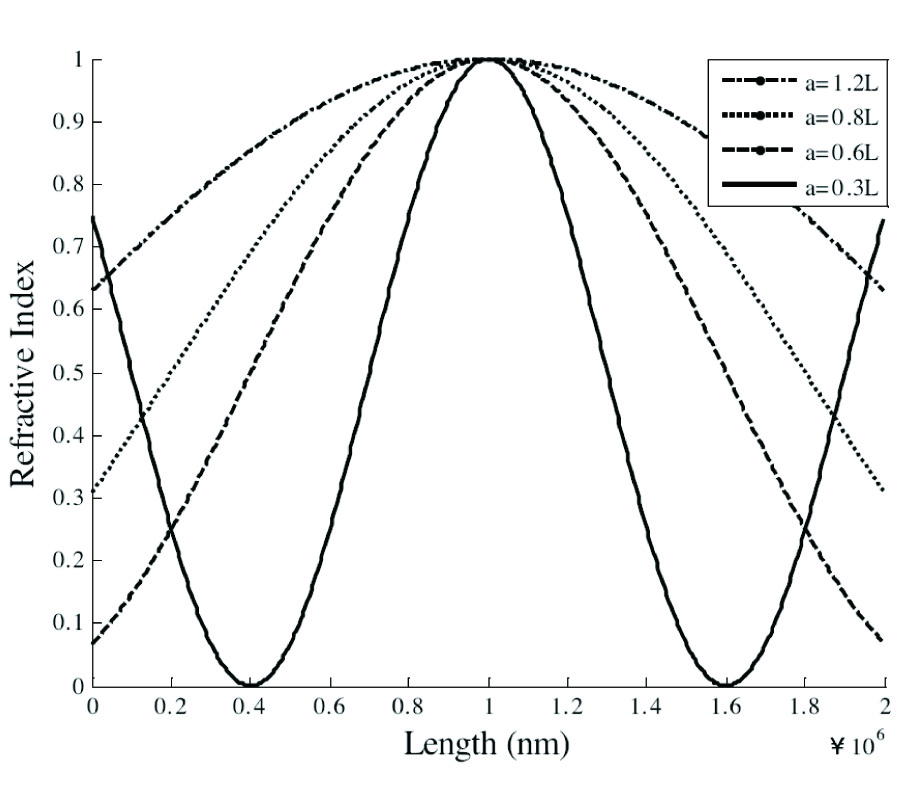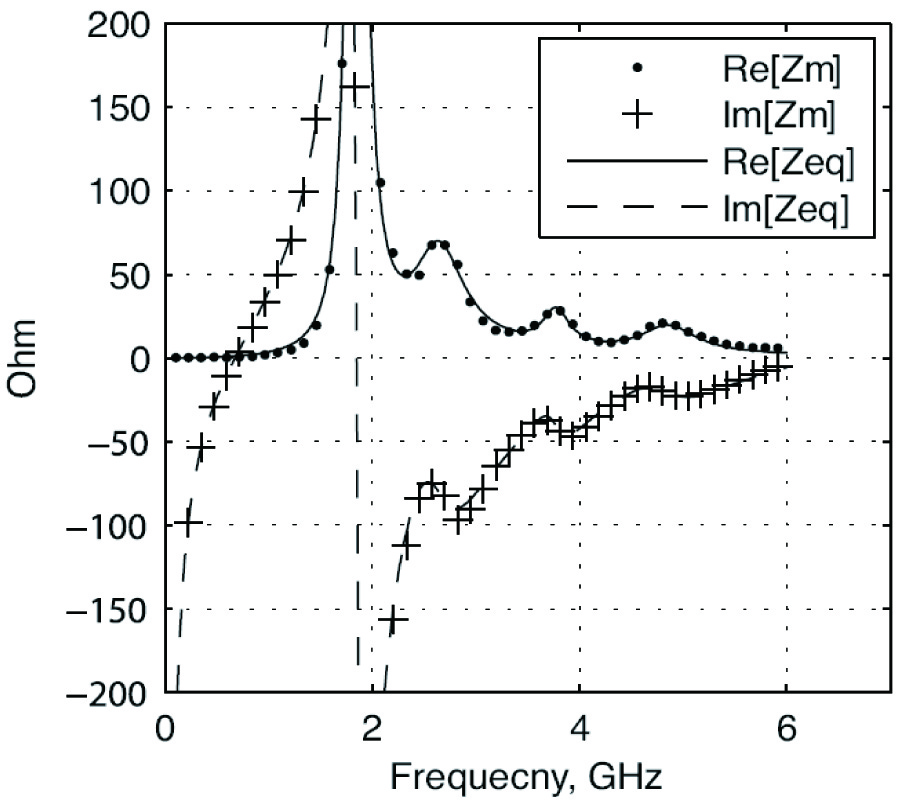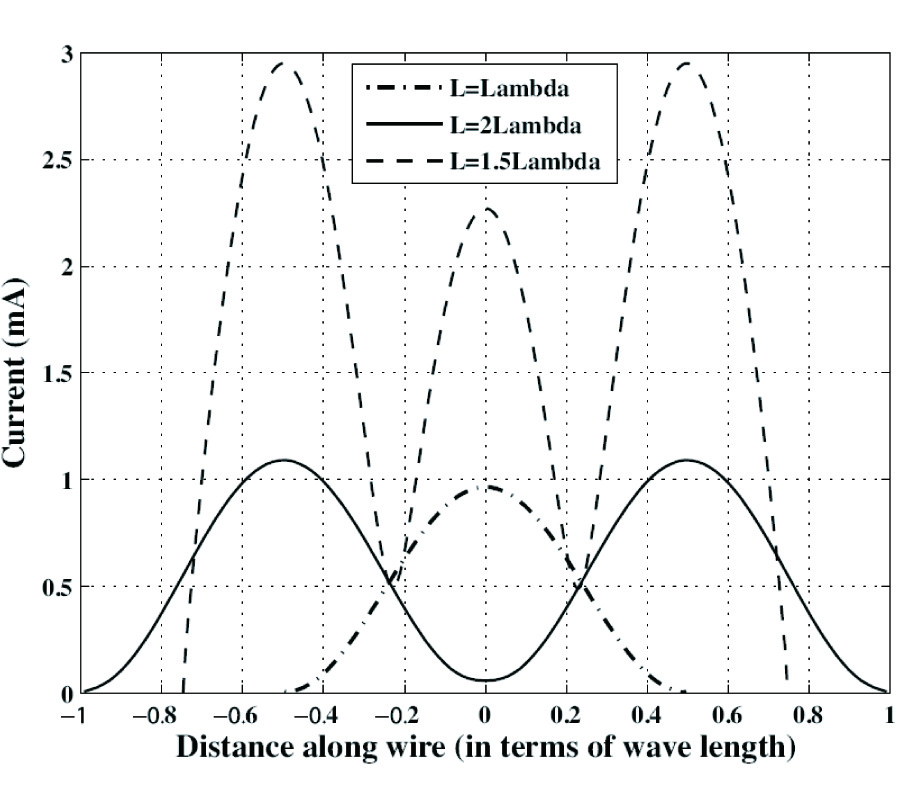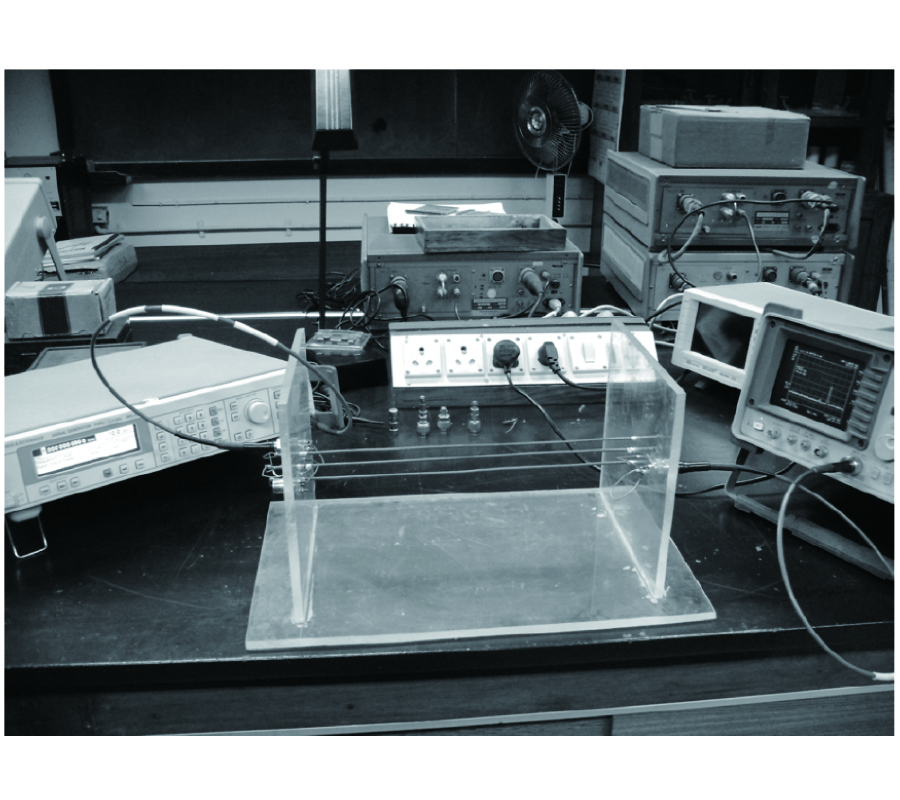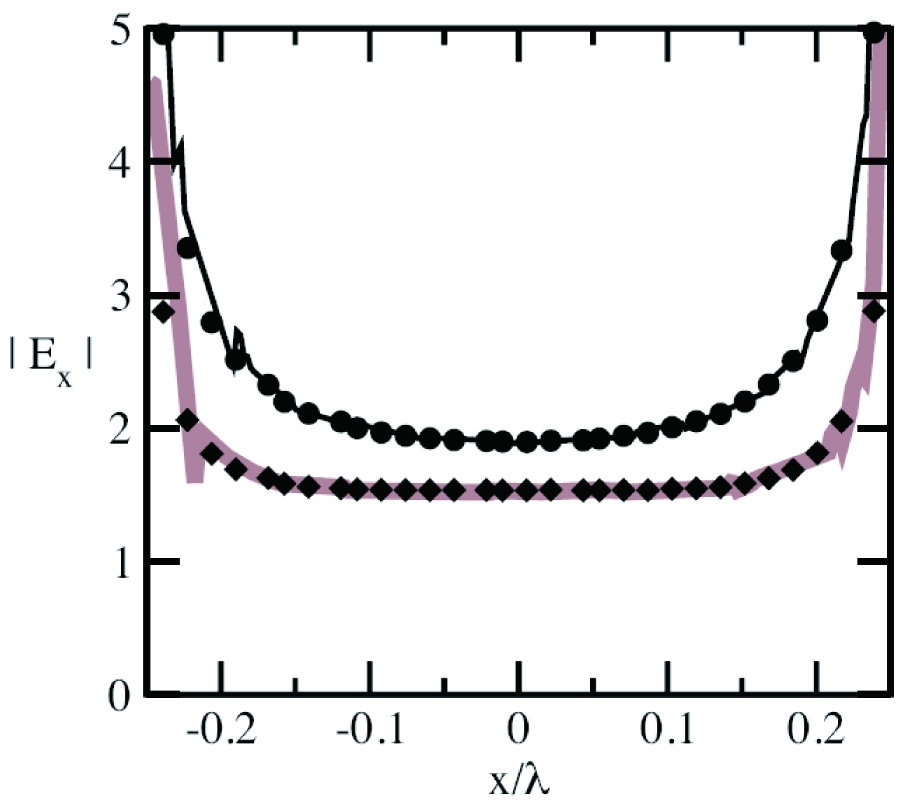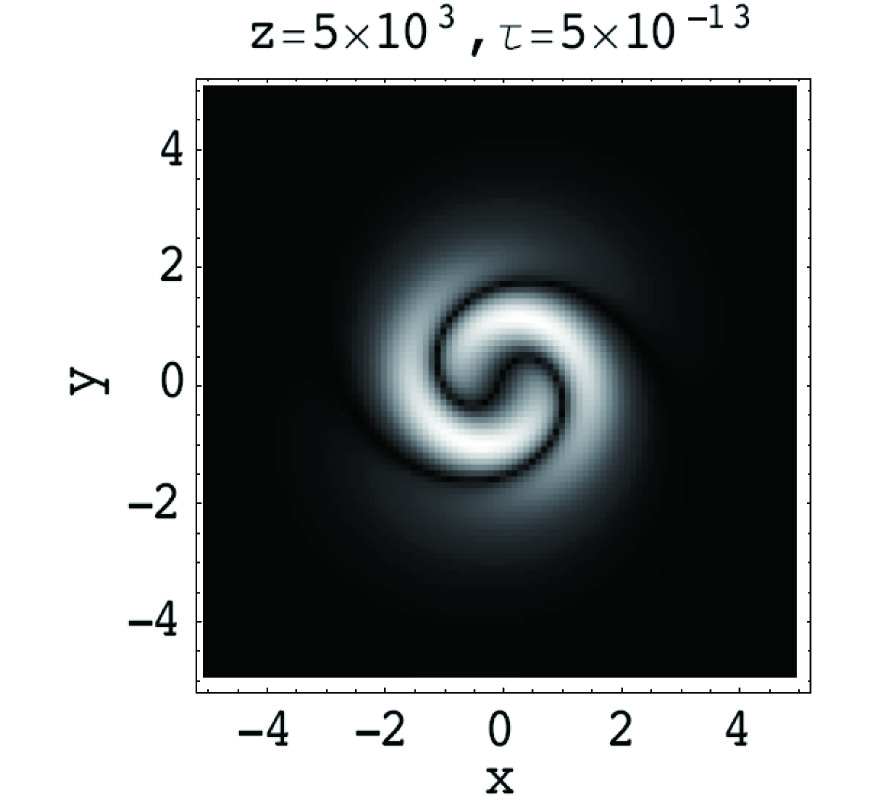A Novel and Accurate Method for Designing Dielectric Resonator Filter
R. Saliminejad and
Mohammad Ghafouri Fard
The Development of numerical techniques enables us to analyze a large number of complex structures such as dielectric resonator (DR) filters and planar passive elements for coplanar monolithic microwave integrated circuits.
As for DR filters, numerical analysis of these structure is highly intricate mostly because of their non-homogenous composition (dielectric constant of DR is greater than 80, dielectric constant of the maintainer is less than 2 and dielectric constant of the atmosphere is 1). Hence, numerical analysis of such a structure, either in time domain (TLM, FDTD and . . . ) or frequency domain (FE, moment, mode matching, boundary element, FD and . . . ) is both complex and time-consuming. From one hand, the non-homogenous structure and from the other hand, the high frequency of applications, demand high density meshing in order to achieve accurate response [1-3].
The explained method in this paper enables us to design a Chebyshev band passes filter by coaxially placing high-Q TM01δ dielectric resonators in a cutoff circular waveguide. In the presented work, discussions are made regarding high-Q resonators and interresonator coupling. It can be used for TE and TM modes of dielectric resonators. The advantages of such a method are simplicity and accuracy. Furthermore, this method is very quick in calculating resonant frequencies of a single dielectric resonator and coupling factor between two dielectric resonators. Compared with HFSS software, the total required time in this method is less than 1 percent.
Based on the presented method, a DR filter is designed, implemented and fabricated and the results are provided. The fabricated filter has an exclusive feature, i.e., it contains no screw for frequency tuning and it gives out the desired result without a need to modification.
